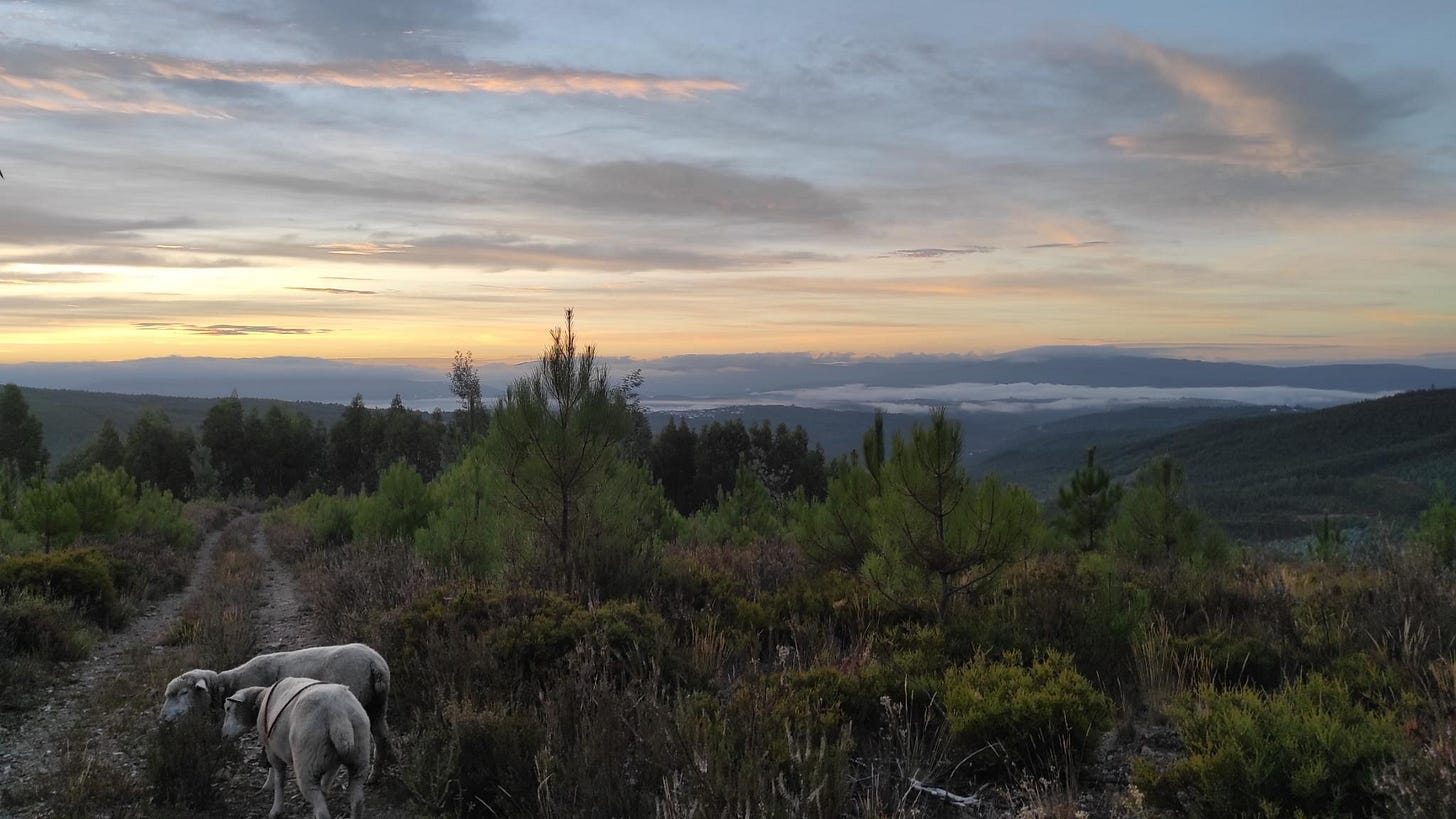Seasons
We tend to think of the year as something that splits into four distinct seasons. In my eyes, there are different ways of looking at it. You could say that there are four seasons, this idea works well enough for most modern day people. On the other hand; a season is really just a collection of happenings; the falling of the leaves, the coming of the rains.
These things are conditional on so many different factors, they tend to happen in a certain order, but not always on the same day in the calendar. The implications of these happenings can be so unique and broad, that I often wonder if there really are just four seasons.
The Calling Of The Buck
On September 11th, I heard the first buck calling for a mate. The rutting season began in the big valley. From my house, the call of the buck is distinct enough to be unmistakable, yet always remains far away on the eastern slopes. The bucks begin their calling just before sunset, stay up through the night, bellowing until after sunrise.
I saw deer, their scat and their tracks, until just before the first call. After the rut began, I saw no more deer, or any sign of them on this side of the big valley. Last year was the same. At some point, after the rut was over, they returned and resumed their browsing in the forests and scrub.
The big valley stretches from north to south, meaning that we on the western slopes see the first sun in the morning, and those on the eastern slopes see the last sun of the evening. The only theory that I have to go on is that the bucks feel compelled to begin their mating call as the sun goes down, the eastern slopes give the perfect view to the west and the setting sun, perhaps they flock to those areas for that reason.
There must be a moment for each buck, overcome by the need to call, to display his strength and his devotion. If he just so happens to be on the western slope of the valley (and since more often than not, a grazing animal will be facing upwards when standing on a hillside) he will see the sun, escaping beyond the ridge, he must call, so he follows the sun all the way to the top of the hill, and crosses into the next valley, where his calls cannot be heard from our house.
Meanwhile, on the eastern side of our valley, where the sun still touches the slope, another buck has made the same journey, but across a different ridge, and it is his morose cry that I hear. The grazing range near my house is left empty of browsing deer, it is second spring; the season known only to those who live without rain during the high summer, when the grass turns brown, but awakens again as the first rain re-graces the land.
Now the grasses and the shrubs may grow again, and are left to grow by the absent deer. This is not the Summer or the Autumn, but the Rut and the Second Spring; nuanced seasonal events or perhaps seasons in their own right.
Late Summer Grazing
It is at this time, after a long summer of grazing and dozing in the heft of our valley, that the sheep climb up from the forest and grass on our property to the house near the road, they are picky eaters, and as the days grow cooler, they are less inclined to laze about in the shady spots of the heft. They arrive at the house earlier each day, not content to go back to their pen.
For me — a shepherd — this is a season in its own right. It means that I must leave the valley and climb up and onto the mountainside with the ewes. Up there, we walk in the clouds, and there is so much to eat. There are six different types of scrub, but only two types of grass. There is mud and stones in plentiful supply, full of minerals to be licked. It's a nice place for the sheep to gorge themselves and barely leave a mark on the land, as long as we keep moving.

I did this for up to five hours per day, in order to ensure that the animals don't go hungry and remain healthy. That little season has now ended, partly because we are bogged down by heavy rains, but mostly because there is simply too much work to do on the farm to spend four or five hours off property each day. Now we buy hay for the sheep and I usually don't spend more than two hours shepherding in a day.




The Japanese have 24 seasons and 72 micro-seasons. Other cultures most probably have more than our 4 rigid seasons, which are so broad and general that they do very little to reflect the changes we observe on a day-to-day basis. At least those of us who live fairly close to nature.
There are indeed more seasons. When I lived on the land and not in the city, I thought more in moons. The moon of early spring, or the moon of middle autumn, or the moon of late winter when everyone is fed up with it and you crave fresh greens.
PS because of very scary threats I’m of social media, so I cannot like or interact on Instagram. I miss your feed.